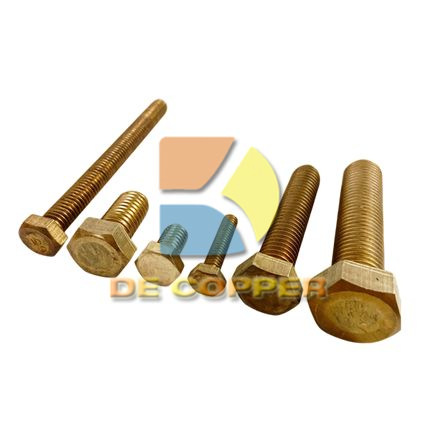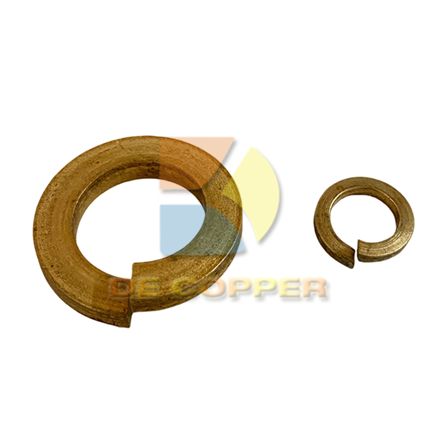close
Choose Your Site
Global
Social Media
Views: 0 Author: Site Editor Publish Time: 2025-08-30 Origin: Site
Silicon bronze (typically copper alloys containing 1%-3% silicon, such as C65500) is a high-performance copper-based alloy widely used in the marine industry due to its excellent corrosion resistance, mechanical properties, and processing characteristics. This article will analyze the impact of silicon bronze on the marine industry from the perspectives of material properties, specific application scenarios, and advantages.
![]()
Silcon Bronze Material Properties
It offers exceptional resistance to seawater, salt spray, and marine atmosphere, far superior to ordinary carbon steel and even to some stainless steels (such as 304, which is susceptible to pitting corrosion in chloride ion environments).
Silicon bronze boasts a tensile strength of 500-700 MPa while maintaining good ductility, making it suitable for highly stressed components.
The release of copper ions inhibits the attachment of marine organisms (such as barnacles and algae), reducing the need for hull maintenance.
It can be formed through casting, forging, welding, and other methods, making it suitable for the manufacture of complex marine components.

Key Component Manufacturing
Silicon bronze's high strength, cavitation resistance, and seawater corrosion resistance make it an ideal material for propellers on large ships (such as military vessels or ocean-going merchant ships).
Used in critical piping systems such as seawater cooling systems and fire pumps to prevent leakage risks caused by corrosion.
Silicon bronze's self-lubricity and wear resistance reduce mechanical wear and extend service life.
Hull Structure and Protection
Silicon bronze has excellent welding properties and is often used in hull seams, rivets, and other applications to prevent galvanic corrosion (a low corrosion rate when in contact with other metals).
Silicon bronze alloys are sprayed or coated to protect corrosion-prone areas of the hull (such as near the waterline).
Electrical Systems
Silicon bronze has excellent conductivity (approximately 50% that of pure copper) and is used in grounding electrodes, connectors, and other applications in ship electrical systems, resisting seawater corrosion.

Silicon bronze components can last for over 20 years, reducing replacement frequency and maintenance costs.
The copper alloy is 100% recyclable, aligning with the green trends in the marine industry (e.g., the IMO 2020 sulfur limit regulation is driving material upgrades).

The initial cost of silicon bronze is higher than that of ordinary steel, but its economic viability can be demonstrated through a lifecycle cost analysis.
Silicon bronzeplays an irreplaceable role in the marine industry due to its comprehensive performance, particularly in corrosion resistance, reliability, and low maintenance. As the marine industry's requirements for material performance increase, the application of silicon bronze is expected to expand further, particularly in high-end vessels and deep-sea equipment.

Combined with additive manufacturing (3D printing) technology, silicon bronze may enable the customized production of complex marine components, driving technological advancements in the industry.